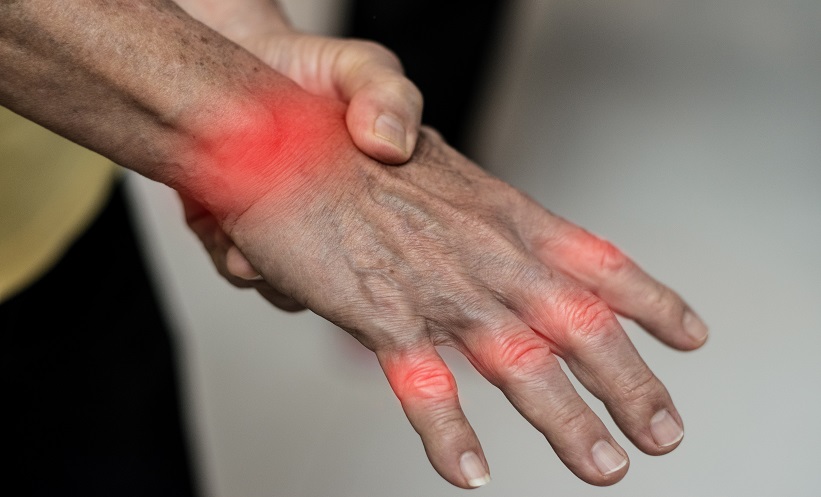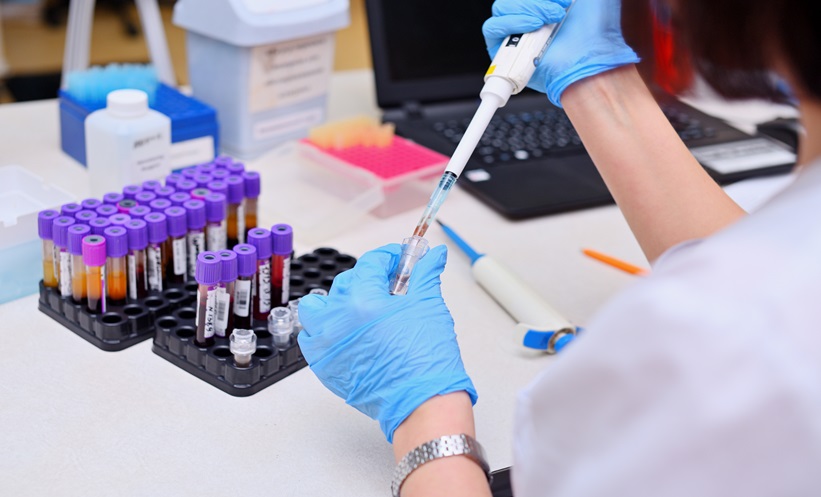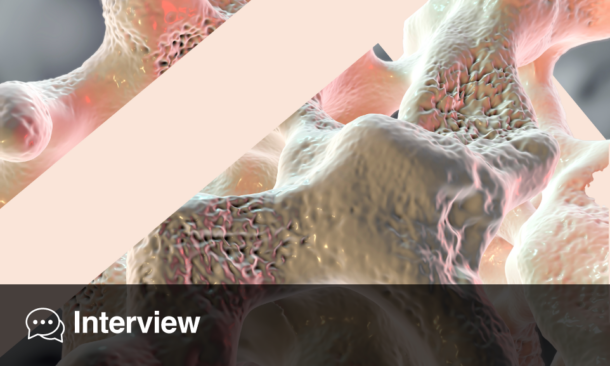CHARACTERISING the plasma proteome in detail can shed light on the molecular changes that precede gout. A prior cross-sectional study examining pre-existing gout identified higher levels of C-X-C Motif Chemokine Ligand 8 (CXCL8) in gout patients compared to non-gout individuals, but there is limited data on pre-diagnostic proteomic biomarkers. This study, presented at the European Alliance of Associations for Rheumatology (EULAR) congress 2024, aimed to investigate the relationship between large-scale pre-diagnostic proteomics and the risk of incident gout in a nationwide prospective cohort. The study also explored biological mechanisms related to the gout-associated proteins and their upstream factors, considering serum urate levels.
The study included 48,898 UK Biobank participants who had proteomic measures and no history of gout or urate-lowering therapy at baseline (mean age 56.7 years, 45% males). Proteomic measures (n=2923) were quantified from baseline blood samples. Eight proteins with over 20% missingness were excluded. The research team investigated the association between protein levels and risk of incident gout, before and after adjusting for serum urate, using a false discovery rate (PFDR) of <0.05. Two-sample Mendelian randomization (MR) was conducted to explore potential causal roles of the significant proteins. Ingenuity Pathway Analysis (IPA) software was used to explore the canonical pathways and upstream regulators enriched for the gout-associated proteins.
Over a mean follow-up of 13.2 years, 1,095 incident gout cases were documented. A total of 1,027 proteins were associated with the risk of incident gout before urate adjustment. The five strongest associations were: insulin-like growth factor-binding protein 4 (Hazard ratio [HR] 1.60, 95% confidence interval [CI] 1.51-1.69 per SD; PFDR 2.5×10-57), TNF receptor superfamily member 12A (HR 1.53, 95% CI 1.45-1.62; PFDR 2.4×10-49), N-acetylneuraminate lyase (HR 1.52, 95% CI 1.44-1.60; PFDR 1.5×10-47), uromodulin (HR 0.67, 95% CI 0.64-0.71; PFDR 2.4×10-44), and CD59 (HR 1.42, 95% CI 1.35-1.49; PFDR 2.4×10-44). Other significant associations included CD38, CCL16, and ADM. After adjusting for serum urate, 41 proteins remained associated with the risk of incident gout, including uromodulin and several others like regenerating islet-derived protein 4 and N-terminal prohormone of brain natriuretic peptide.
MR findings supported causal roles that were directionally consistent for 72 of the 817 measurable proteins associated with gout before urate adjustment and three proteins after urate adjustment (Secretagogin, SPON1, and TNF receptor superfamily member 6B). The most significant upstream regulators and biological functions were identified through IPA core analysis. Top biological pathways included pathogen-induced cytokine storm signalling, hepatic fibrosis, and neutrophil degranulation. TNF was identified as the top upstream regulator of gout-associated proteins, with other regulators including TGFB1, IL-1B, and IL-4.
These prospective findings provide insights into the pathophysiological mechanisms leading to gout, including those that occur after hyperuricemia. The study highlights the importance of protein-gout genetic associations for future research.








